Just a rambling late night idea. The awesome real rust on tiking's models got me thinking.
As most of you know, plastics can be chrome plated. I wondered if anyone had any knowledge about the possibillity of plating plastic with steel or a metal that corodes in a similar way. This would take one hell of a lot of weathering work out of the build. I mean plate the plastic, dunk in vinegar....voila!
Probably not doable but i thought i would ask..
As most of you know, plastics can be chrome plated. I wondered if anyone had any knowledge about the possibillity of plating plastic with steel or a metal that corodes in a similar way. This would take one hell of a lot of weathering work out of the build. I mean plate the plastic, dunk in vinegar....voila!
Probably not doable but i thought i would ask..

 where theres a will!
where theres a will!

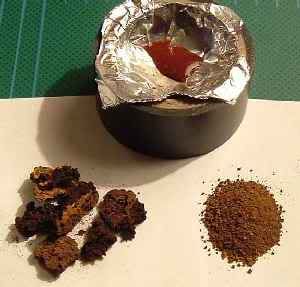
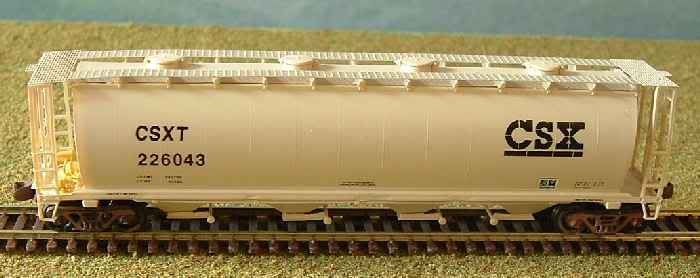
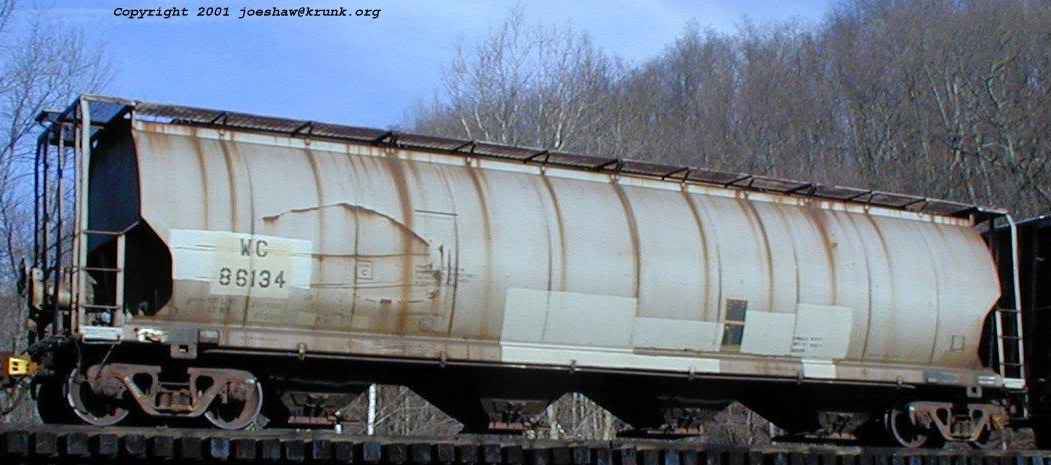
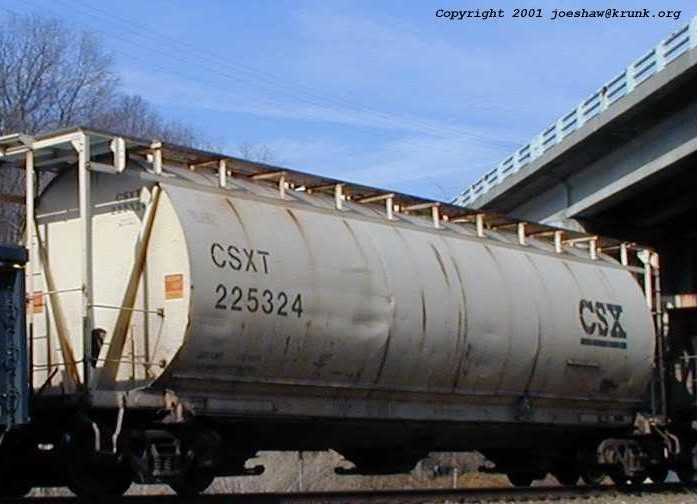
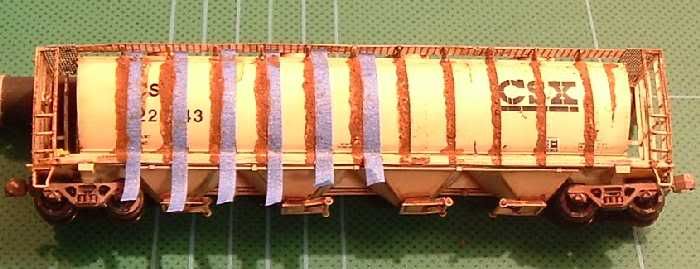
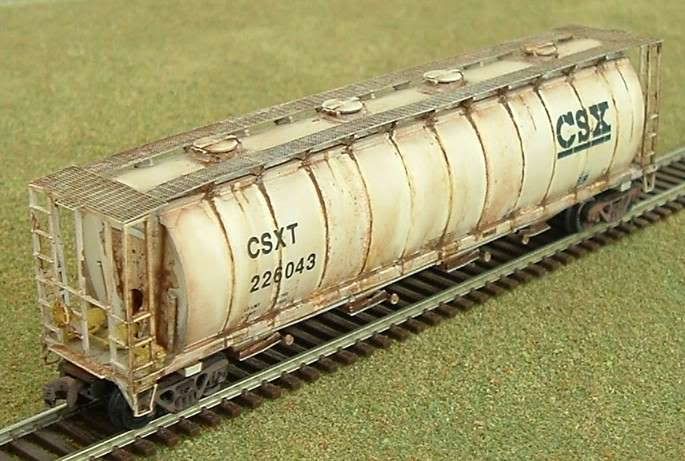
Comment